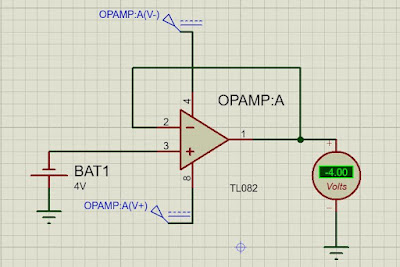BJT: RC coupled single stage amplifier

Common emitter RC coupled amplifier. The common emitter RC coupled amplifier is one of the simplest and elementary transistor amplifier that can be made. Don’t expect much boom from this little circuit, the main purpose of this circuit is pre-amplification i.e to make weak signals strong enough for further processing or amplification. If designed properly, this amplifier can provide excellent signal characteristics. The circuit diagram of a single stage common emitter RC coupled amplifier using transistor is shown below. Capacitor C1 is the input DC decoupling capacitor which blocks any DC component if present in the input signal from reaching the Q1 base. If any external DC voltage reaches the base of Q1, it will alter the biasing conditions and affects the performance of the amplifier. R1 and R4 are the biasing resistors. This network provides the transistor Q1’s base with the necessary bias voltage to drive it into the active region. The region of operation where the tran...

